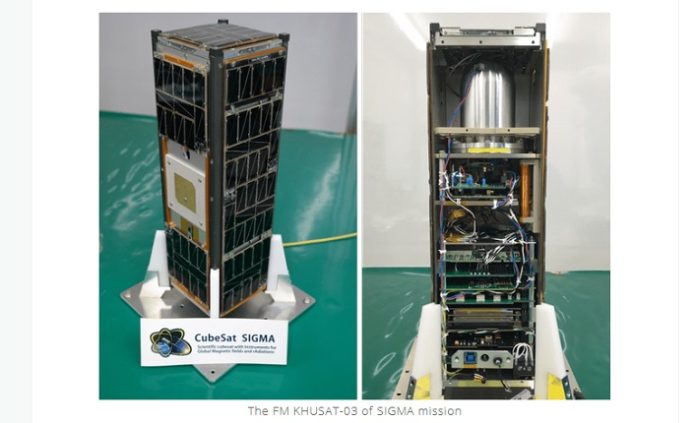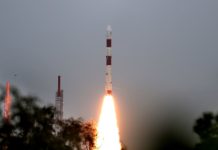India’s most frequently-used launcher, the Polar Satellite Launch Vehicle (PSLV), will conduct its final launch of 2017 in the second half of December. Along with its main payload, Indian earth observation satellite Cartosat-2ER, it will carry with it 15 nanosatellites, including 6 belonging to South Korea. All the 6 are being handled by Netherlands-based smallsat launch services provider ISILaunch Services (ISL):
- CANYVAL-X 1 and CANYVAL-X 2 (Tom & Jerry)
The first two, CANYVAL-X 1 and CANYVAL-X 2, have candidly been named Tom & Jerry, and are part of a joint project between NASA and South Korea’s Yonsei University. The satellite pair will conduct CubeSat astronomy by functioning as a tandem telescope pair; one satellite will carry the optics and the other, the detector.
- CNUSAIL-1
The second ISL project is a CubeSat known as CNUSAIL-1, a 3U CubeSat by Chungnam National University, a solar sail experiment that aims to demonstrate de-orbiting procedures. The 4-kg satellite is expected to have a design life of 3 months.
- Kausat-5
Also handled by ISL is Kausat-5, a 3U CubeSat by the Korea Aerospace University. An Earth Observation satellite, Kausat-5 will measure the amount of radiation in Low Earth Orbit (LEO) using an infrared imager, with an expected life of 1 year.
- STEP Cube Lab
STEP Cube Lab is a 1U CubeSat developed by Chosun University, and is an experimental satellite meant to help the university determine future missions. This is the first CubeSat designed by the university’s Space Technology Synthesis Laboratory (STSL), and will carry various payloads including a variable emittance radiator and a solid propellant thruster.
- SIGMA (KHUSAT-3)
SIGMA (Khusat-3) is a 3U CubeSat developed at Kyung Hee University. The third nanosatellite in the Khusat series, the satellite will measure the global magnetic field and radiation. Its payloads include a radiation detector and a magnetometer, and it is expected to last for 3 months.
Excluding these, South Korean universities have developed 7 CubeSats since 2006. Of these, three have served their purposes, while the other 4 have failed due to launch incidents or satellite malfunction.







